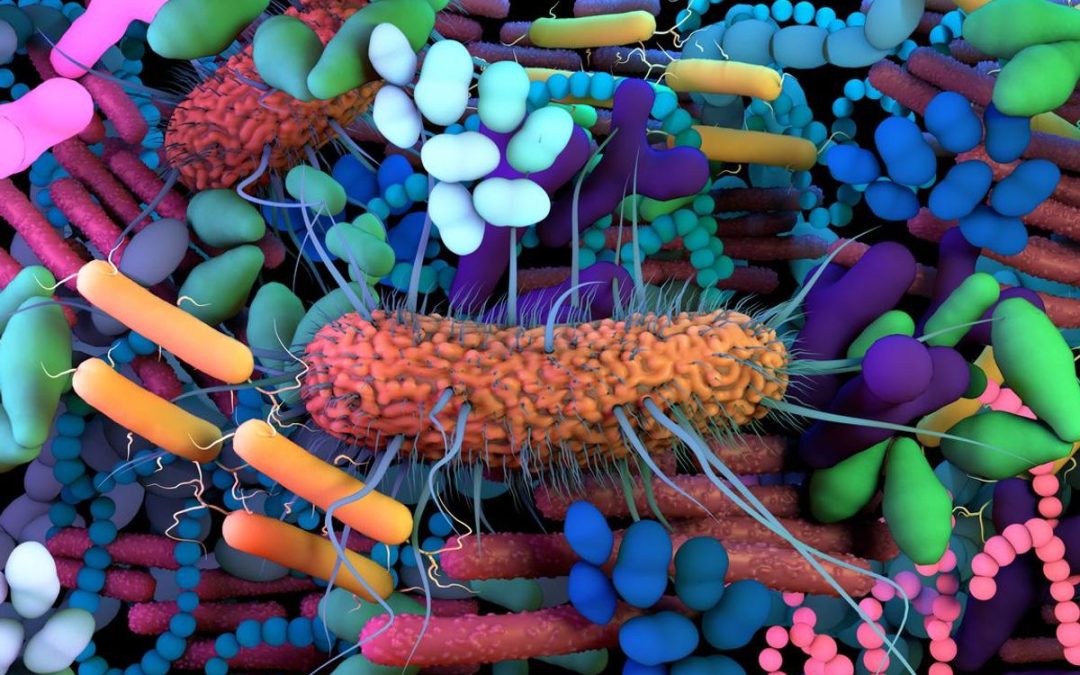Last Updated on August 29, 2023 by ILGM Ninjas
We want to take the time to expose you to our successful program that will work for you and ultimately make the lawn maintenance experience less complicated, more efficient and minimize the work you are having to engage in by focusing on the problem, offering a solution rather than treating the symptoms.
We wanted to distill what we have learned over the past year and a half into a shorter version that could be easily read and understood. This is what we have learned about soil after much study:
- We have terribly inorganic soils that are horrible (surprise right?) and deprived of carbon which is significant
- The use of synthetic fertilizers and pesticides (herbicides, fungicides and pesticides) are damaging the soils and making a bad situation worse.
- Water is expensive and the compaction caused by the use of synthetic fertilizers are damaging and inhibiting healthy microbial life in the soil and making the experience much more expensive that necessary.
- Weeds are a nutritional problem in the soil, not a chemical deficiency like we have been taught.
- Once we feed the soil (not the grass) and develop healthy microbial populations most of our problems are lessened or disappear.
- Once the carbon content is increased the soil can receive, hold and utilize water on a whole other level saving water.
- Healthy soils actually aerate themselves if they again have healthy populations of microbes, specifically mycorrhizal fungi.
- Grass can use atmospheric Nitrogen (the air is 78% of it) if again it has well developed microbial populations, specifically prokaryotic bacteria, lessening the need for nitrogen input.
- The roots of the grass can live much longer and have a secondary immune system if there are rhizobacteria present.
- We can eliminate the vast majority of toxicity with natural products and achieve a lawn that is just as healthy and more resilient than using synthetic chemicals.
We can put together a program that will address the needs of your landscape. The two biggest elements that will be important to understand will be the health of the soil and the manner in which we get water into the soil as these two components drive about 80% of the maintenance effort and are foundational to a successful and well-functioning lawn.
Our 6 step process:
- Open up the ground. Facilitate the soil accepting air, water and nutrients by creating space in the soil and controlling overgrown thatch.
- Adding Carbon to the soil which increases water carrying capacity and provides energy for microbial life.
- Learn proper watering techniques so we can get water into the soil, maintain it there and get water into the roots so we can carry nutrients through the plant for growth and repair.
- Provide a full spectrum of nutrients so we can get healthy plants and achieve vitality, resilience and tolerance as well as mimic biodiversity which will limit weed infiltration with nutrient balance.
- Introduce friendly bacteria that will help minimize inputs through metabolization of atmospheric nitrogen which will produce a lawn that can feed itself naturally!
- Identify specific issues in the individual lawn with a soil analysis so we can provide accurate targeted information that will yield quality results based upon a biological regenerative process with a proactive- objective based outcome rather than a reactive event-based system based on masking issues and dealing with perpetual problems using synthetic means.

